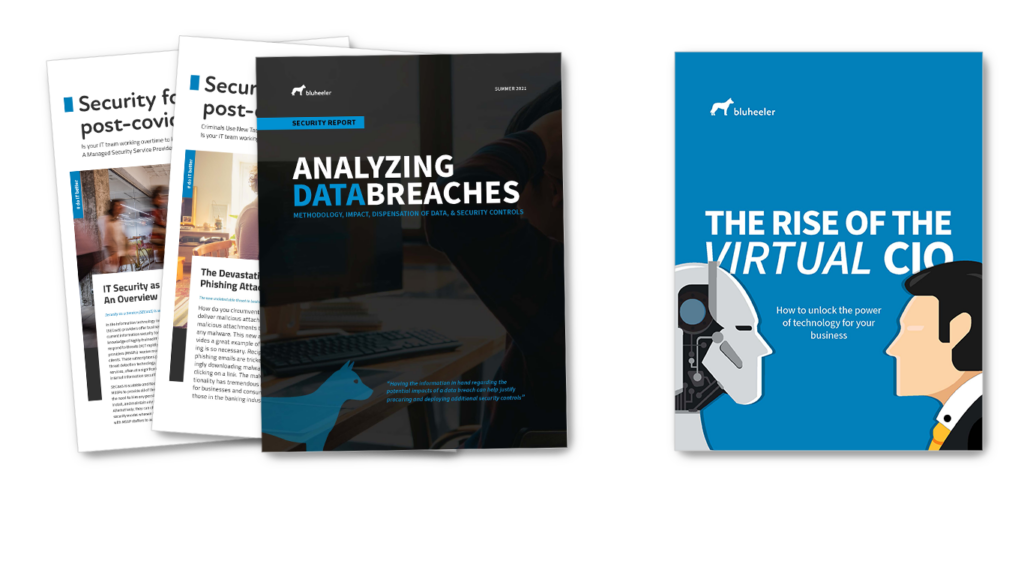1. Imagine the worst – and make the news work for you.
One of the first steps to risk mitigation planning is to create a list of potential scenarios that could impact your business operations. You will need to prepare for natural disasters – floods, tornadoes, earthquakes, and – depending on your location – hurricanes, wildfires, and blizzards. There are also man-made emergencies to consider. How would your business bounce back from arson or data sabotage? Thinking through all the possible scenarios that could critically impair your operations is a necessary part of preparing your business for disasters, but it can be a daunting task for a business owner to undertake. Engage your teams to help build a list of scenarios, and pay attention to the news. Gather your team at least once a quarter and brainstorm how your business would respond to situations you encounter in the media.
2. Create a crisis response plan.
Working through a laundry list of disasters is an integral part of risk mitigation, but you’ll need to turn those scenarios into a plan your staff can execute in a crisis. Begin by creating a checklist of supplies you need to have on hand. Take inventory of all your important equipment and files, and assign responsibility for securing those items in the event you need to relocate operations or evacuate the premises. Craft a contact tree so that you know how your staff will be kept informed of important developments, and be sure to gather all employee contact info in a single file for easy access.
Additionally, it is important to consider how you will communicate with the public. How will your customers know you have suspended or resumed normal operations? Should they be directed to a temporary location, and is there a special phone number or webpage where customers should check for more information? Who will update your website and social media accounts? Should you record a special message for anyone who calls your business lines? Working through these concerns and developing a process protects your customer base and saves your team stress when tensions are high.
3. Back up your data following the 3-2-1 rule.
Protecting your business data in the event of a crisis is one of the most important risk mitigation concerns for small-to-medium businesses. A single data breach or loss of information can cause significant damage. Consider what types of data you need to protect and from where you might need to access that information. Options for safeguarding your data are diverse. Cloud-based data recovery solutions run the gamut from simple storage applications to custom managed-service solutions that include support and maintenance. When considering how to best protect your data, follow the 3-2-1 rule: keep at least three (3) copies of your data, and store two (2) backup copies on different storage media, with one (1) of them located offsite.
Cloud-based storage makes it easier to follow the 3-2-1 rule, and you’ll be able to back up data from multiple sources including phones and tablets. Some providers even offer the option to store your data on multiple servers in different data centers, enabling you to implement a 3-2-1 backup strategy with a single vendor.
4. Protect your vital systems.
If your servers are at risk, your business applications are at risk. Protect your internal systems by moving your servers offsite, to a colocation facility that is structured to protect your mission-critical hardware.
Housing your most valuable equipment at a colocation facility ensures that crucial systems will continue to operate regardless of inclement weather, other acts of God, and other onsite emergencies. Colocation facilities are optimized to prevent your business from losing access to critical systems and connectivity. These data centers feature fully redundant power, advanced cooling systems, state-of-the-art climate control, robust physical and virtual security, and superior air filtration systems to protect your critical systems. Additionally, solutions are scalable so that your safeguards grow with your business.
Request a free demo of Bluheeler today, and get the protection your company needs, without breaking the budget!






